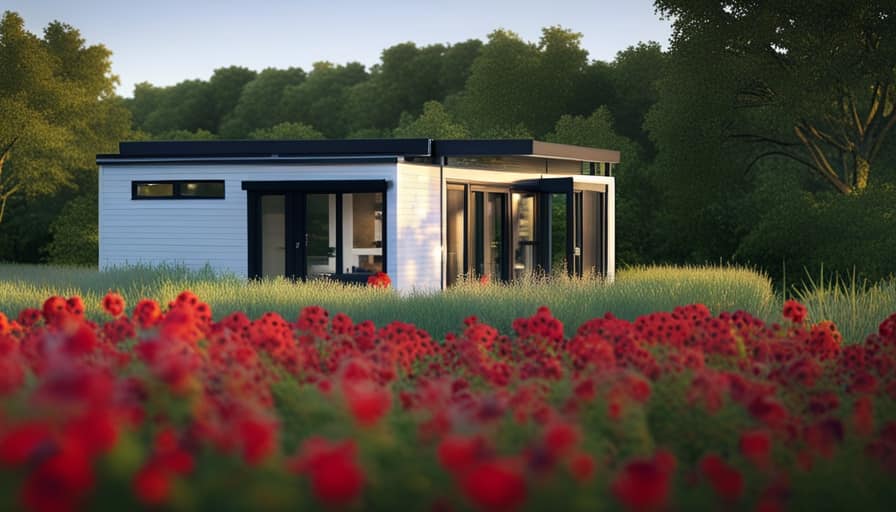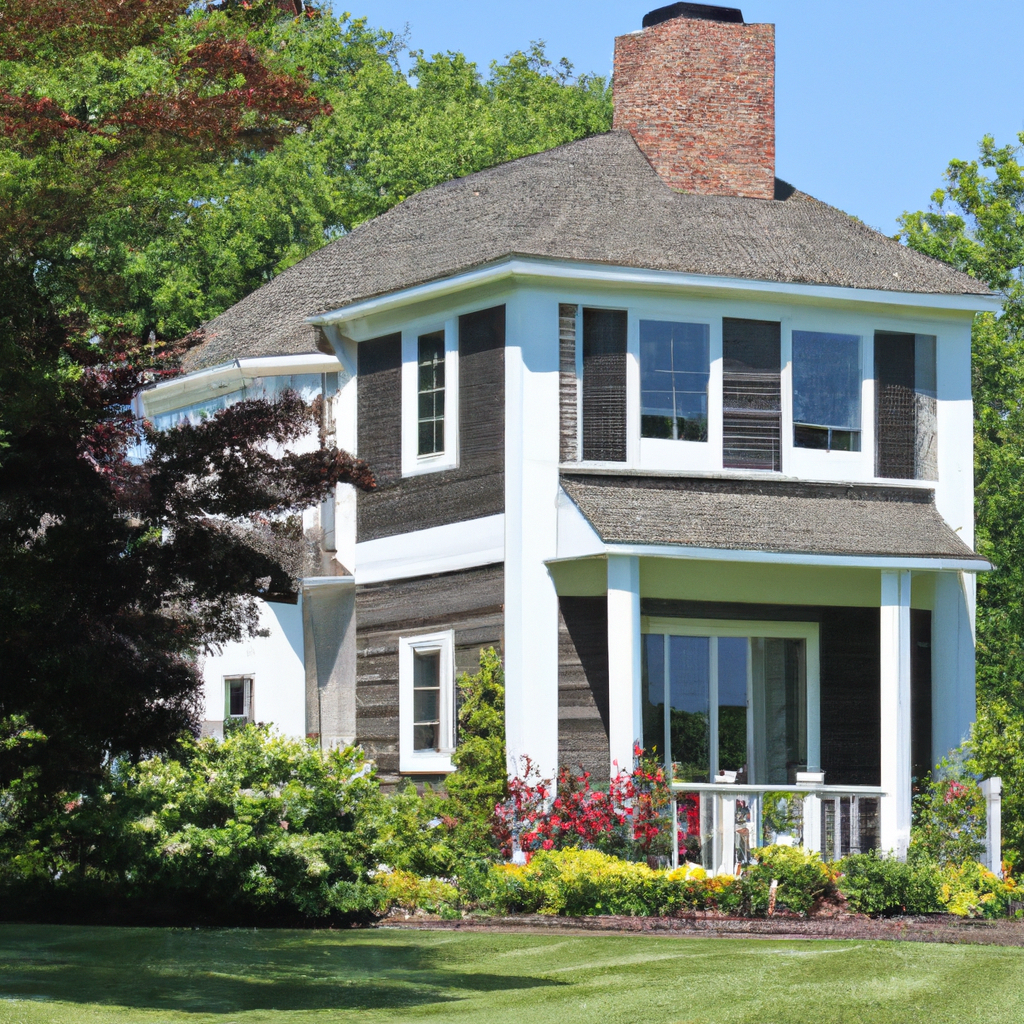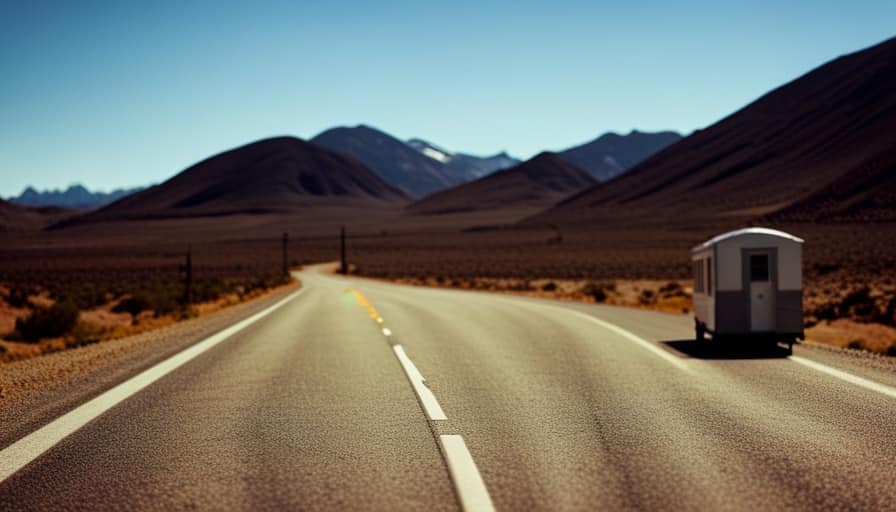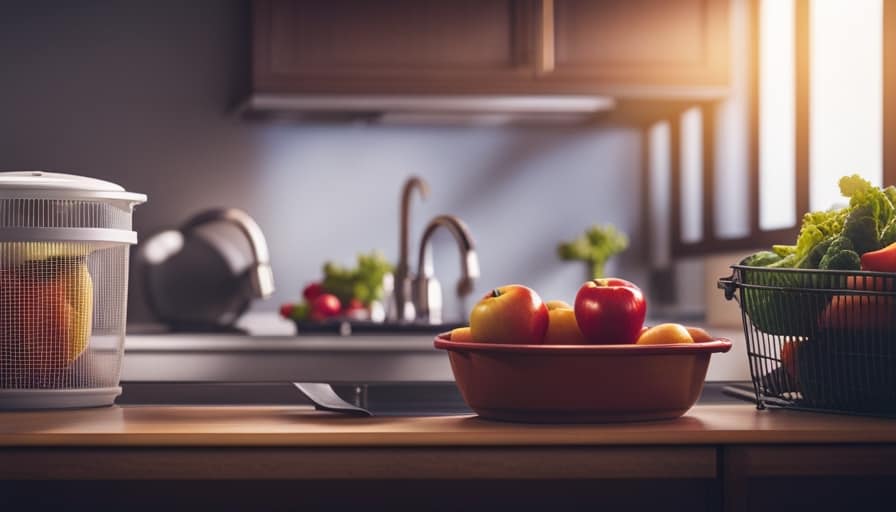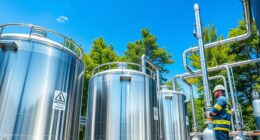Living in a small house may pose challenges, but with proper solutions, it can be a fulfilling and environmentally friendly lifestyle.
Did you know that the average American uses around 80-100 gallons of water per day?
In this article, I’ll share practical tips and techniques on how to run water for your bathroom and kitchen in a tiny house.
From off-grid water options to conservation techniques, we’ll explore innovative ways to make the most of your limited space and resources.
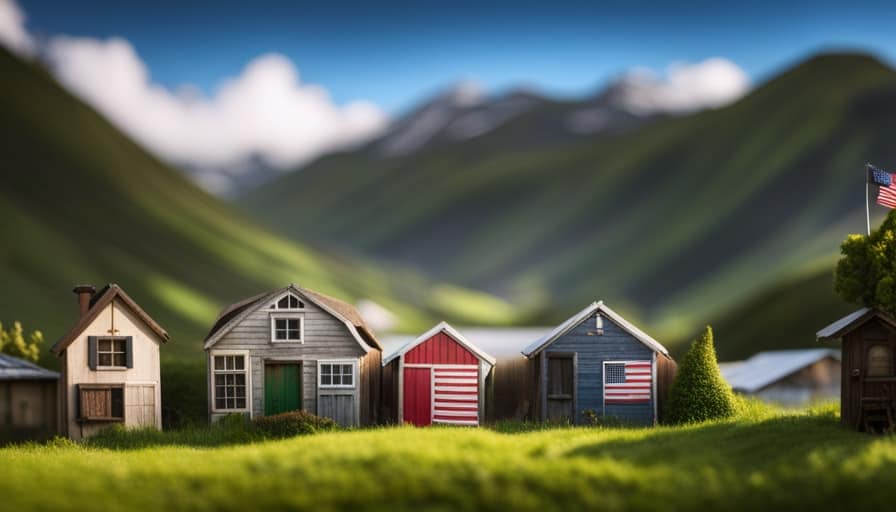
Let’s dive in and create a functional and efficient water system for your compact home.
Key Takeaways
- Plumbing solutions for tiny house water systems include composting toilets, off-grid plumbing, space-saving fixtures, efficient showers, and water pump systems.
- Off-grid water options for compact living involve off-grid water storage, rainwater harvesting, filtration and treatment of rainwater, and exploring alternative water sources.
- Water conservation techniques for tiny house living include installing low-flow fixtures, using composting or low-flush toilets, collecting rainwater for non-potable uses, and reusing greywater.
- Innovative ways to run water in a small kitchen include installing portable filtration systems, choosing space-saving faucets, utilizing vertical storage solutions, and using compact and efficient water pumps.
Plumbing Solutions for Tiny House Water Systems
I’ve found that using a composting toilet is a practical and eco-friendly solution for managing waste in a tiny house water system. When living off the grid, it’s important to consider alternative plumbing options.
One such option is off grid plumbing, which allows you to have a functioning bathroom without the need for traditional water and sewage systems. This can be achieved by using composting toilets, which break down waste into nutrient-rich compost that can be safely used in the garden.
Additionally, incorporating space-saving bathroom fixtures can help maximize the limited space in a tiny house. This includes installing compact toilets, small sinks, and efficient showers.
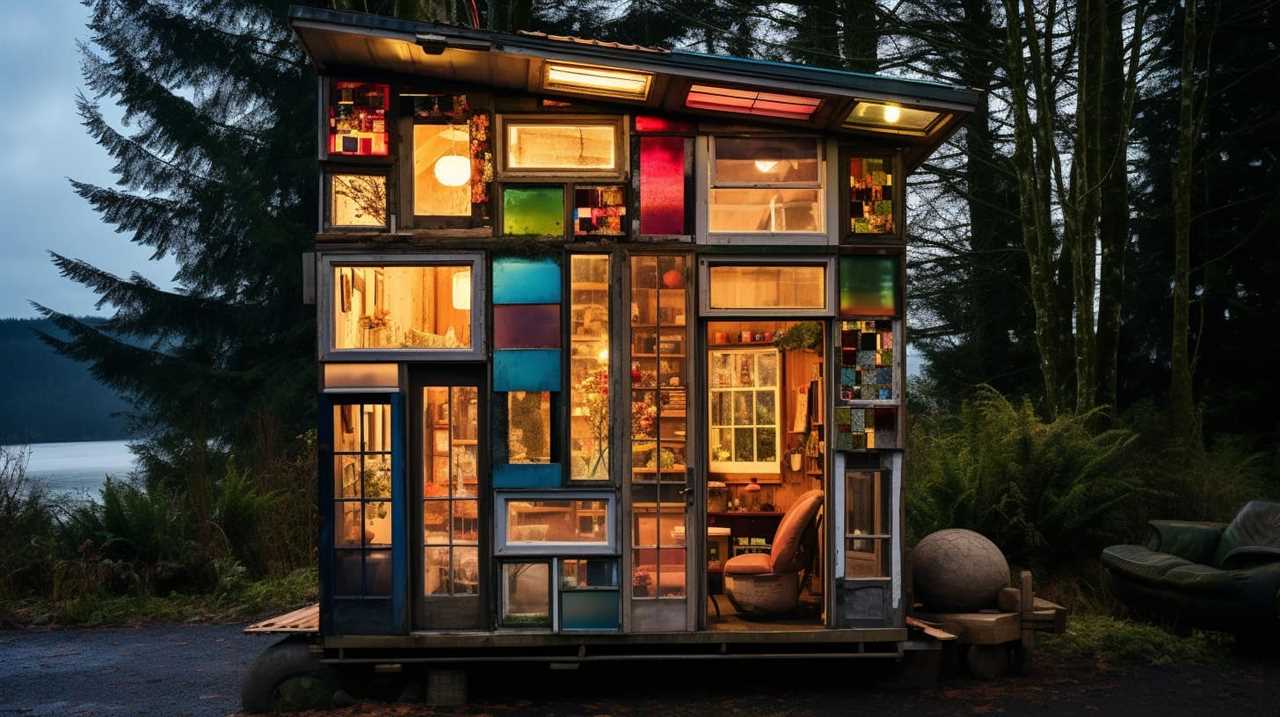
Off-Grid Water Options for Compact Living
When living off the grid in a tiny house, it’s essential to explore off-grid water options to ensure a sustainable and self-sufficient lifestyle. One popular option is off-grid water storage, where water is collected and stored for future use.
This can be done through rainwater harvesting, which involves collecting rainwater from the roof of the tiny house and storing it in tanks or barrels. Rainwater is a free and renewable source of water that can be used for various purposes, such as flushing toilets, washing dishes, and watering plants. It’s important to properly filter and treat the rainwater before using it for drinking or cooking.
By implementing off-grid water options like rainwater harvesting, tiny house dwellers can reduce their reliance on traditional water sources and live more sustainably.
Transitioning into the next section about water conservation techniques for tiny house living, it’s also important to consider ways to minimize water usage and conserve this precious resource.
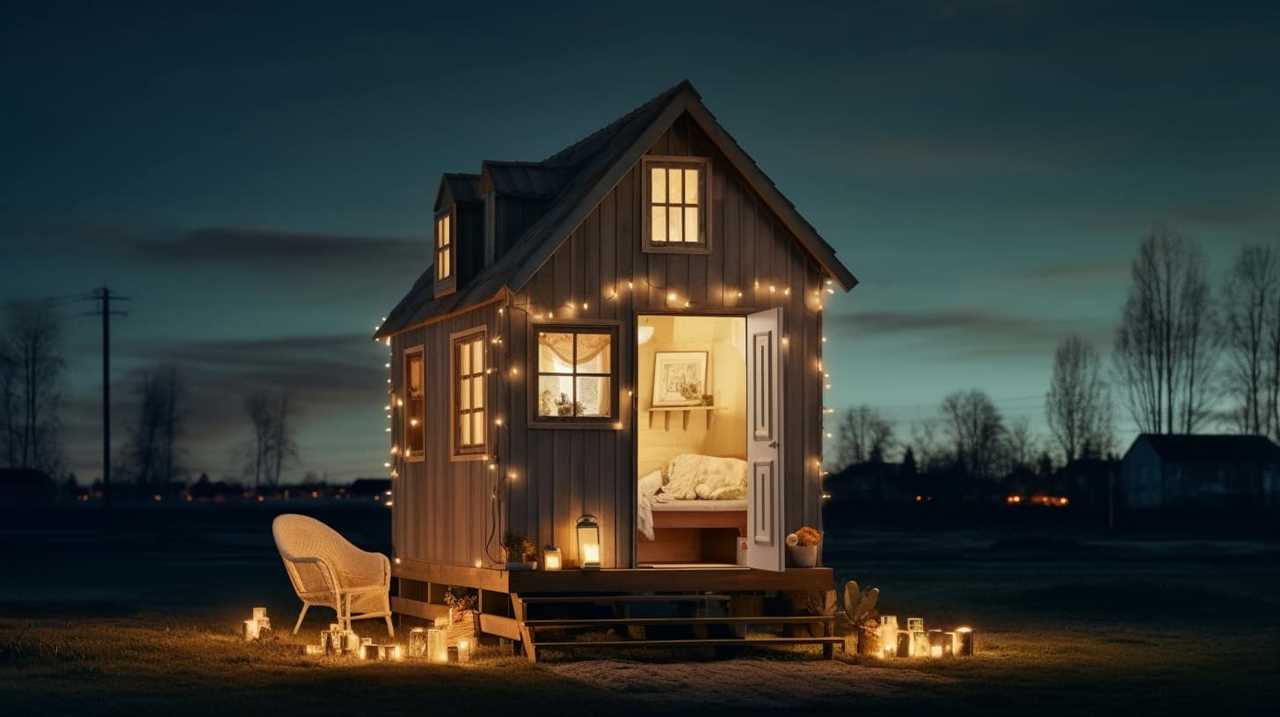
Water Conservation Techniques for Tiny House Living
To effectively conserve water in a tiny house, it’s crucial to implement practical and mindful techniques that can significantly reduce water consumption. Living in a small space requires us to be conscious of our water usage and find creative ways to minimize waste. Here are some water saving tips for tiny house living:
| Water Saving Tips | Benefits |
|---|---|
| Install low-flow fixtures such as faucets and showerheads | Reduces water usage without sacrificing water pressure |
| Opt for a composting toilet or a low-flush toilet | Saves water by using less for flushing |
| Collect rainwater for non-potable uses like watering plants or flushing toilets | Reduces reliance on municipal water supply |
| Reuse greywater for tasks like flushing toilets or watering plants | Maximizes water usage and minimizes waste |
In addition to these techniques, rainwater harvesting can be an excellent way to conserve water in a tiny house. By collecting rainwater, you can have a sustainable source of water for various non-potable uses. Remember to check local regulations before implementing rainwater harvesting systems.
Innovative Ways to Run Water in a Small Kitchen
Using a compact and efficient water pump, I can easily and conveniently run water in my small kitchen.
Here are three innovative ways I’ve found to make the most of my limited space:
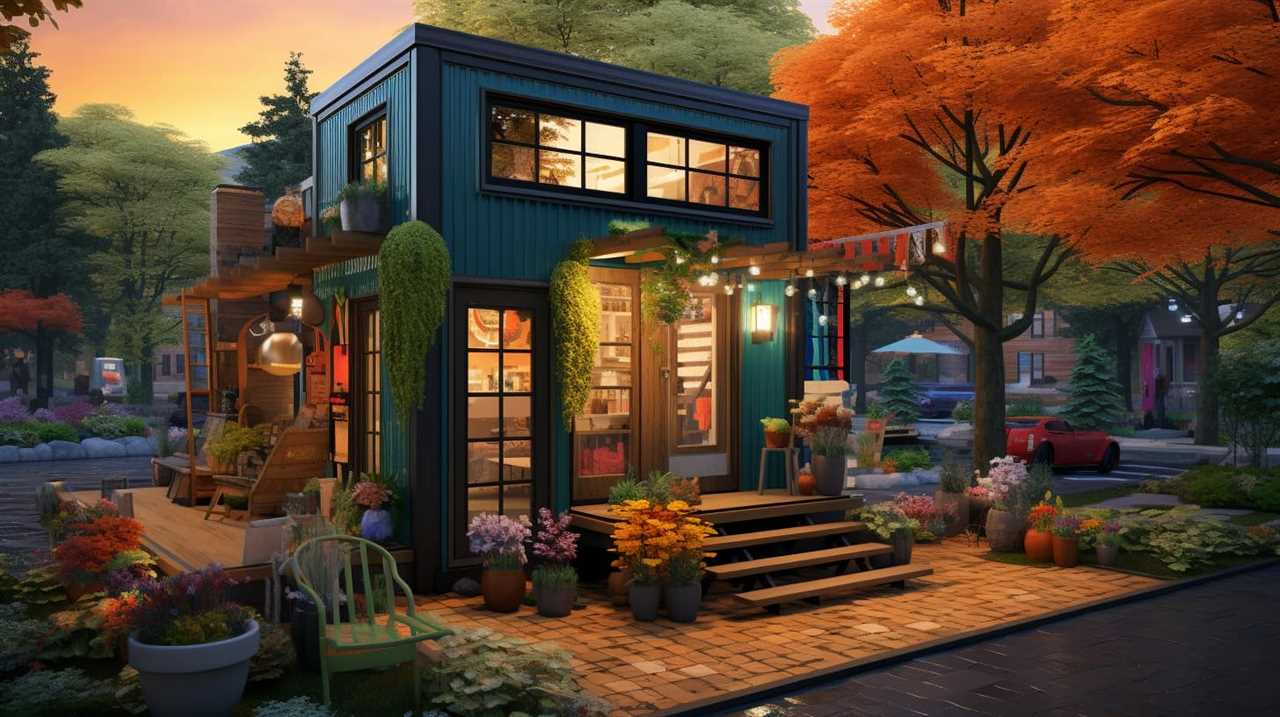
-
Install a portable filtration system: Having clean and filtered water is essential in any kitchen. To save space, I opted for a portable filtration system that can easily be attached to my faucet. This allows me to have fresh and purified water whenever I need it, without taking up much space.
-
Choose space-saving faucets: In a small kitchen, every inch counts. That’s why I chose space-saving faucets that have a sleek and compact design. These faucets not only save counter space but also provide efficient water flow, making my kitchen tasks much easier.
-
Utilize vertical storage solutions: To maximize storage in my small kitchen, I installed vertical shelves and hooks. This allows me to keep my kitchen essentials within reach while keeping the countertops clear. By utilizing vertical space, I can efficiently store my water pump and other kitchen items without sacrificing functionality.
With these innovative solutions, I can enjoy a fully functional kitchen in my tiny house without compromising on convenience or efficiency.
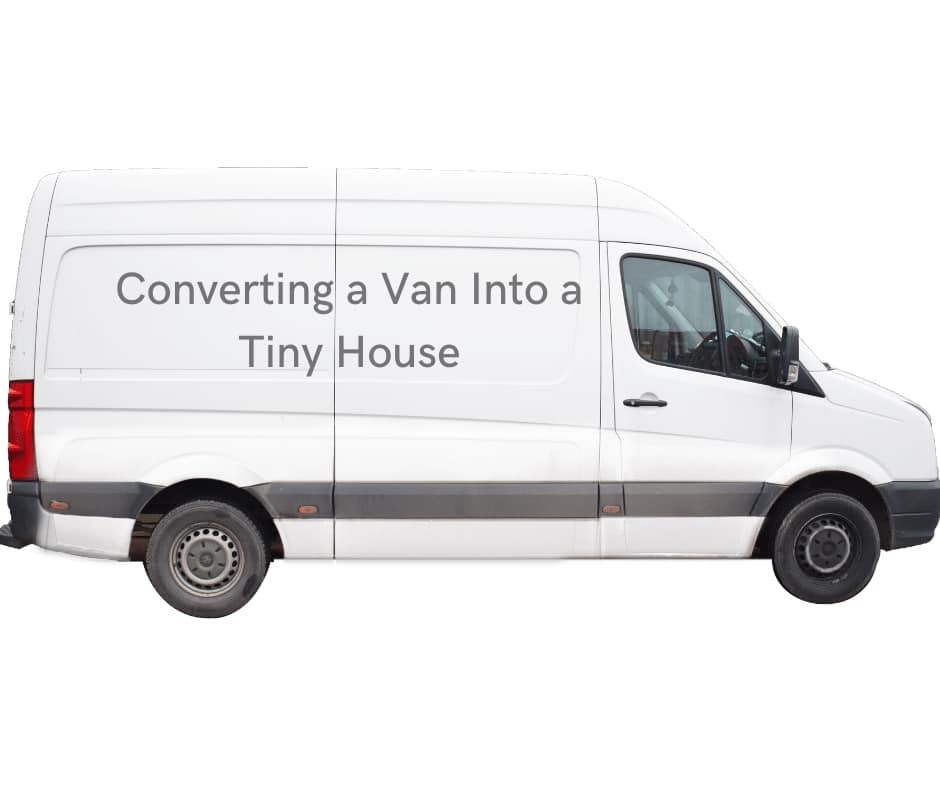
Bathroom Water Systems for Tiny House Living
In my tiny house, I rely on a compact water heater to ensure a steady supply of hot water for my bathroom needs.
The portable shower is an essential component of my bathroom water system, allowing me to easily take showers without taking up much space. This compact and efficient shower system is designed to conserve water while still providing a refreshing and comfortable bathing experience.
Additionally, I’ve opted for a composting toilet, which is a sustainable and environmentally friendly alternative to traditional flush toilets. Composting toilets use natural processes to break down waste into compost, eliminating the need for water and sewage systems. This not only saves space but also reduces water consumption, making it an ideal choice for tiny house living.
With these bathroom water systems in place, I can enjoy a comfortable and sustainable lifestyle in my tiny home.
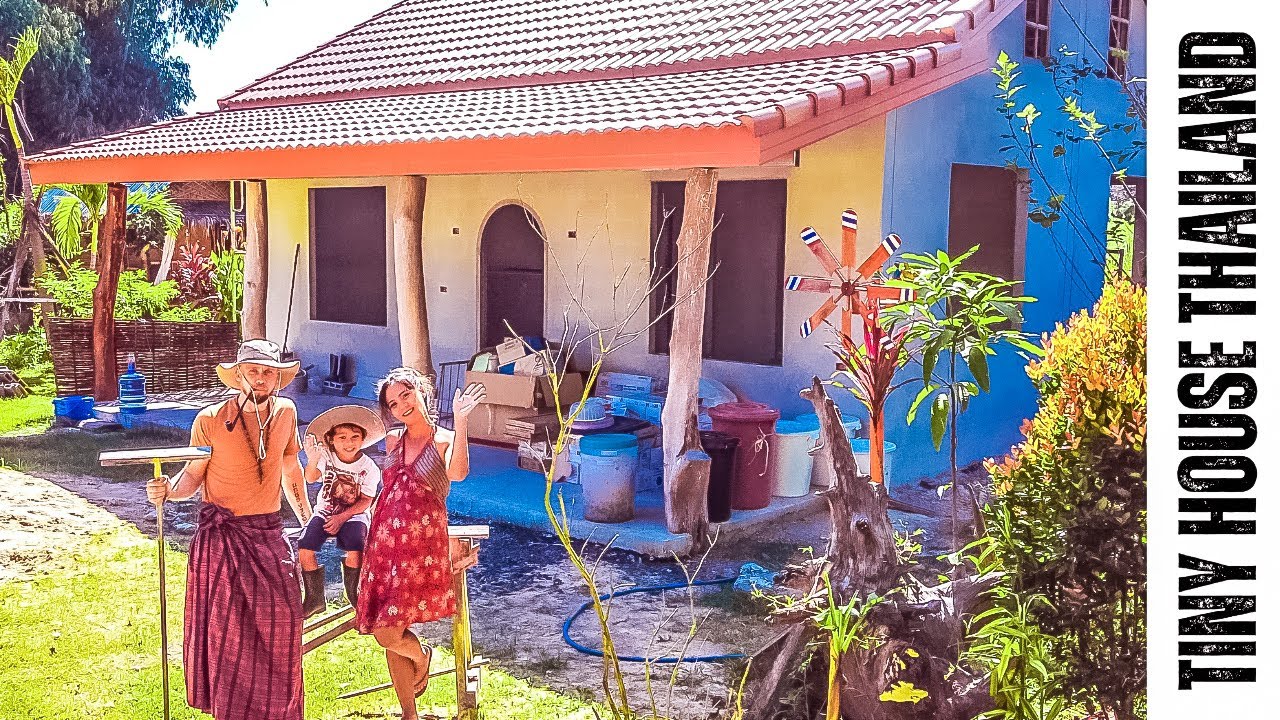
Frequently Asked Questions
What Are Some Common Plumbing Issues That Tiny House Owners May Face With Their Water Systems?
Common plumbing issues in tiny houses include leaky pipes, clogged drains, and limited water supply. To conserve water, I use low-flow fixtures, collect rainwater, and recycle greywater. Regular maintenance helps prevent these issues and ensures a functional water system.
Are There Any Off-Grid Water Options That Can Be Used in Conjunction With a Tiny House Water System?
Living in a tiny house requires finding off-grid water options. One practical solution is using an off-grid water filtration system and collecting rainwater. These methods ensure a sustainable water supply for the bathroom and kitchen.
How Can I Conserve Water in a Tiny House Without Sacrificing Functionality?
To conserve water in a tiny house without sacrificing functionality, I use various water-saving techniques. These include installing low-flow fixtures, collecting and reusing rainwater, and being mindful of my water usage habits. These conservation tips help me live sustainably in my tiny home.
Are There Any Innovative Ways to Run Water in a Small Kitchen That Can Maximize Space and Efficiency?
To maximize water efficiency and save space in a small kitchen, consider installing a compact, dual-function sink with a built-in filtration system. This allows for efficient use of water while providing clean drinking water.
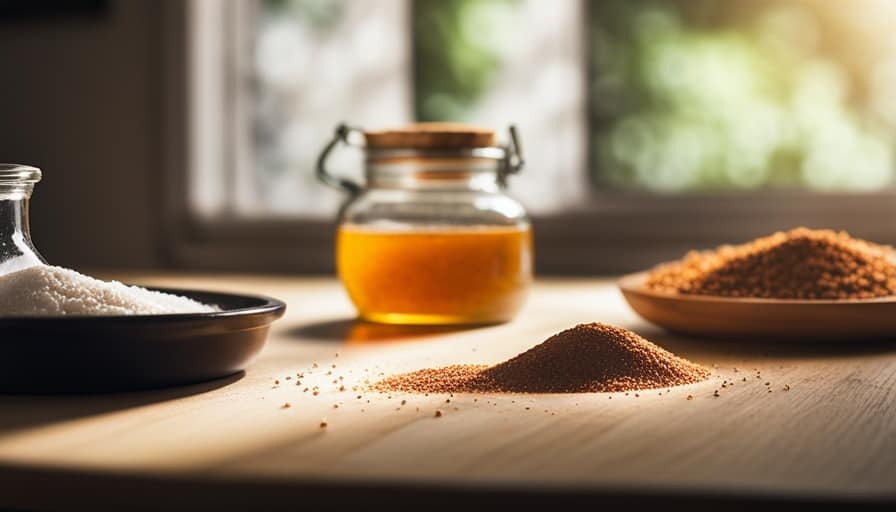
What Are the Different Bathroom Water Systems Available for Tiny House Living, and How Do They Compare in Terms of Cost and Installation?
Bathroom water systems in tiny houses offer various options for off-grid living. Comparing cost and installation, choices range from composting toilets to waterless urinals. Water conservation is key, as is maximizing space and efficiency in small kitchens.
Conclusion
Living in a tiny house can be a challenge, but with the right plumbing solutions, off-grid options, and water conservation techniques, it’s possible to have a fully functional bathroom and kitchen.
By embracing innovative ways to run water in a small kitchen and implementing bathroom water systems designed for compact living, you can create a comfortable and efficient living space.
With a little creativity and resourcefulness, you can make the most of your tiny house and live comfortably while minimizing your environmental impact.
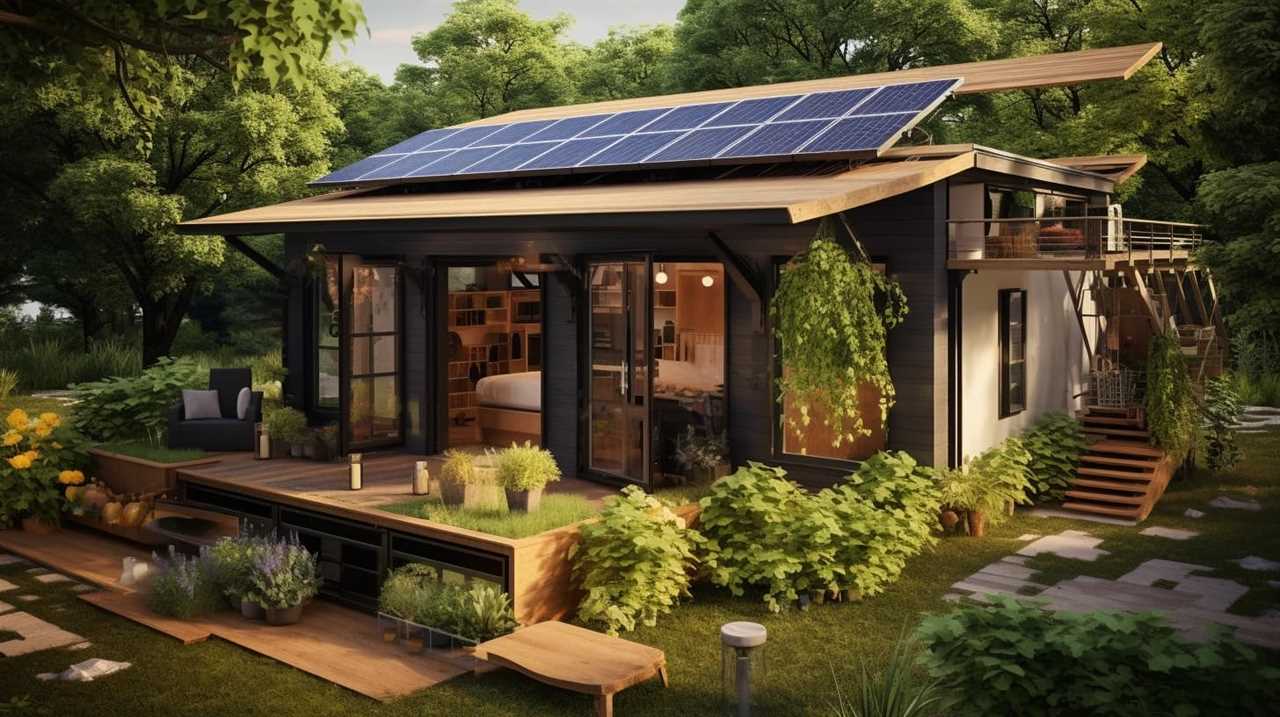
I’m Theodore, and I love tiny houses. In fact, I’m the author of Tiny House 43, a book about tiny houses that are also tree houses. I think they’re magical places where imaginations can run wild and adventures are just waiting to happen.
While tree houses are often associated with childhood, they can be the perfect adult retreat. They offer a cozy space to relax and unwind, surrounded by nature. And since they’re typically built on stilts or raised platforms, they offer stunning views that traditional homes simply can’t match.
If you’re looking for a unique and romantic getaway, a tree house tiny house might just be the perfect option.
